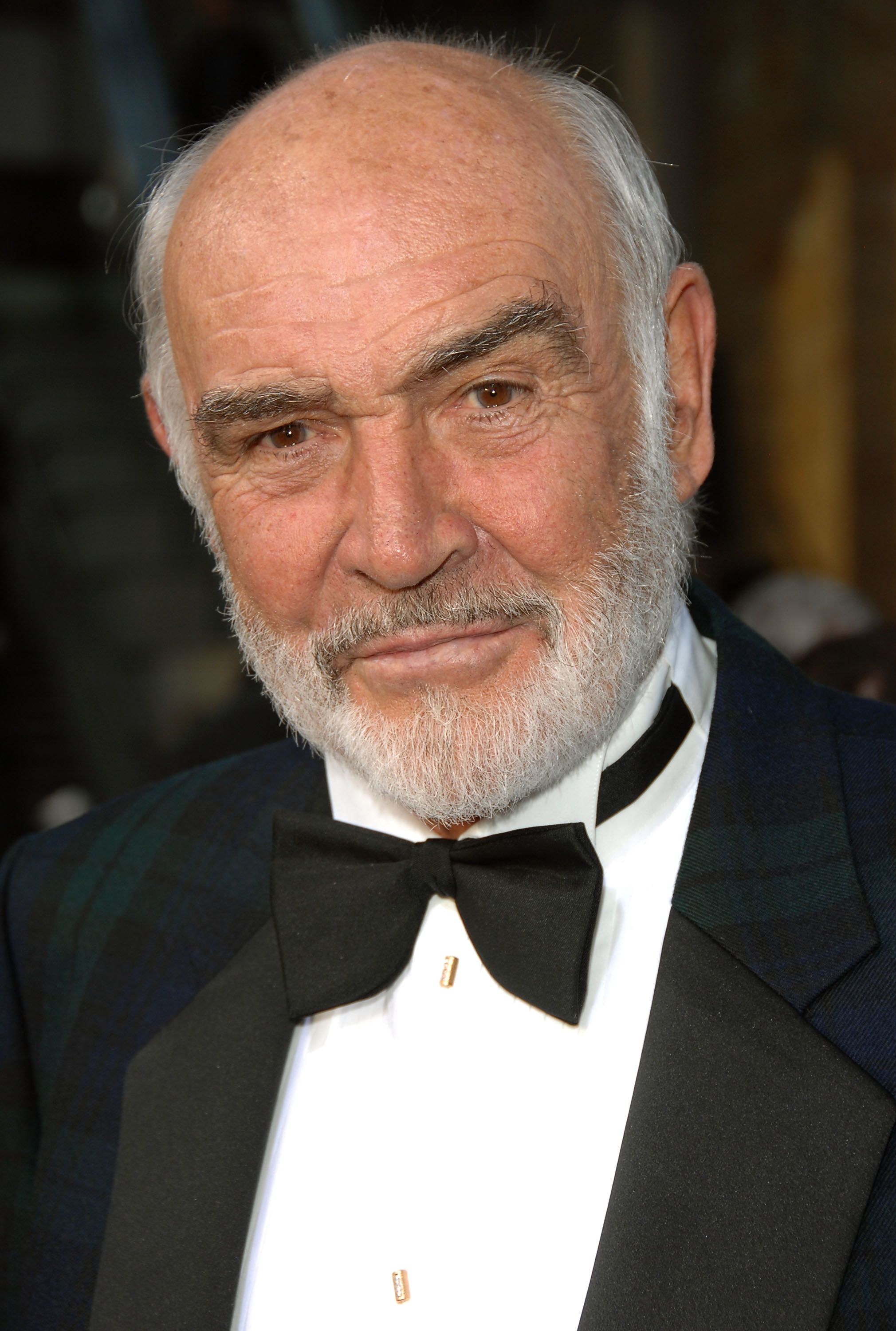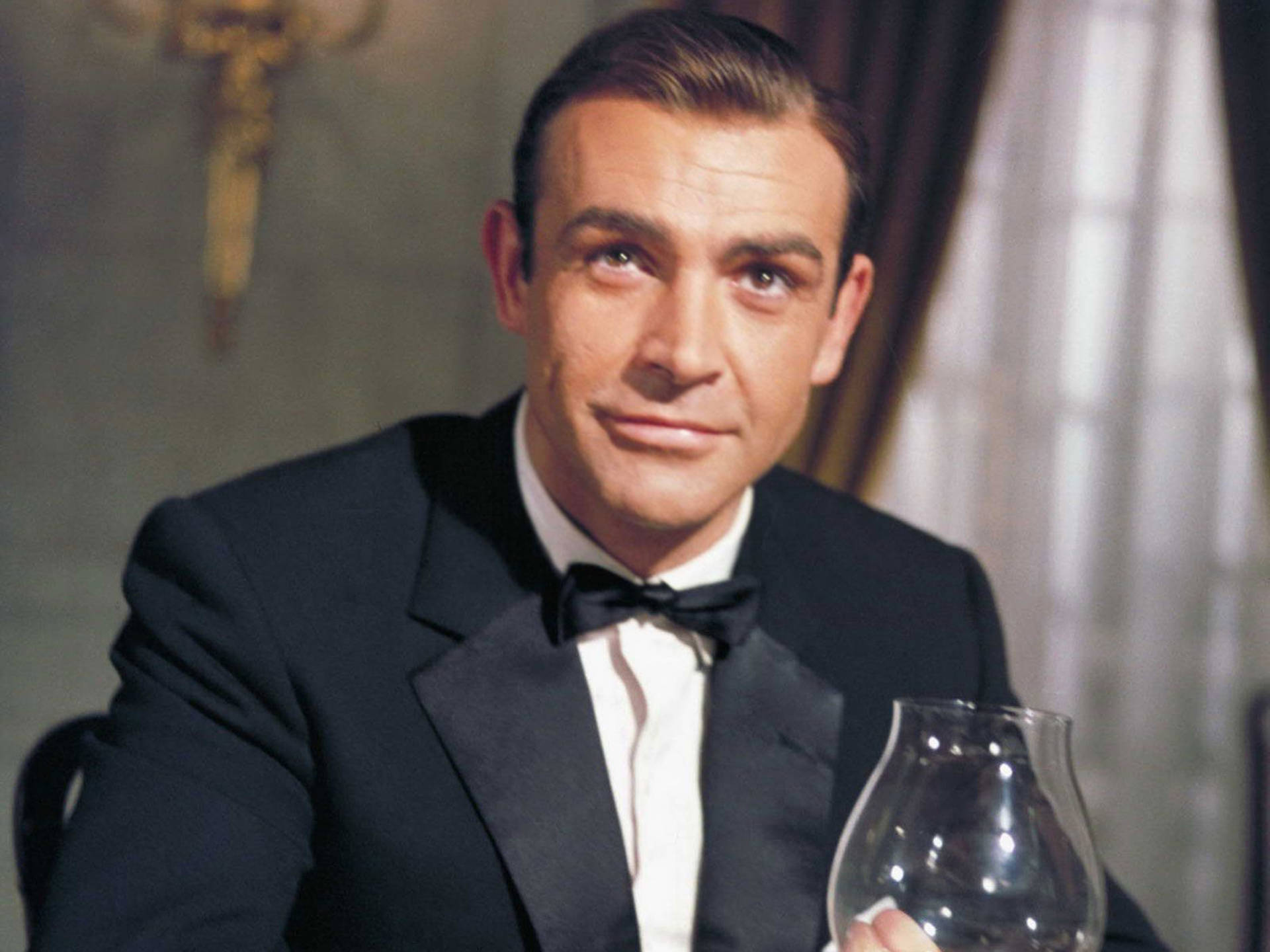Sean Payton News Conference - What To Expect
When a coach steps up to speak after a game, or really, any time they meet with reporters, it's more than just a quick chat. You know, it's a chance to get a sense of what's going on inside the team's world. It's not just about what they say, but also, in a way, how they put their thoughts out there. For someone like Sean Payton, these moments can sometimes offer a little peek into his approach, how he views things, and what he hopes for the team.
Every single word chosen, the rhythm of a sentence, or even just how a coach decides to talk about a play that happened a while back versus something that's still unfolding, really, it all tells a story. It's a bit like watching a master at work, where the way they communicate becomes a part of their overall strategy. These public appearances are, in some respects, a big part of how the team's story gets told to everyone watching.
So, when we consider a Sean Payton news conference, it's interesting to think about the language used, how he might choose to emphasize a point, or even the subtle ways he refers to others. It’s about more than just the immediate answers; it’s about the underlying communication style that, honestly, helps shape how fans and the media see things. We'll explore some of these aspects, looking at how coaches, and Payton specifically, use words to get their message across.
Table of Contents
- Sean Payton - A Look at His Background
- Early Days and Career Path
- What Makes a Sean Payton News Conference Different?
- The Way Words Are Chosen at a Sean Payton News Conference
- How Does Emphasis Play Out in a Sean Payton News Conference?
- Speaking About Past and Present at a Sean Payton News Conference
- Why Do Coaches Use Certain Words in a Sean Payton News Conference?
- The Nuances of Language at a Sean Payton News Conference
- What Can We Learn from a Sean Payton News Conference?
Sean Payton - A Look at His Background
Sean Payton, as a figure in professional football, has certainly built a name for himself over a good number of years. His time spent working with teams, first as a player and then as a coach, has given him a lot of experiences. He's been around the sport for a while, seeing many different situations unfold. This history, of course, gives him a distinct point of view when he talks about the game, and you can often sense that in his public comments.
Early Days and Career Path
Born in San Mateo, California, Sean Payton's journey into the world of football began early. He played quarterback in college, which, you know, is a position that really requires you to think quickly and lead others. This early experience on the field, honestly, probably shaped his perspective on strategy and how a team should work together. His path from player to assistant coach and then to a head coaching position is, in some respects, a common one for those who stick with the sport, but his particular story has its own turns and triumphs.
| Full Name | Patrick Sean Payton |
| Born | December 29, 1963 |
| Birthplace | San Mateo, California |
| Playing Position | Quarterback |
| Coaching Roles | Offensive coordinator, Head Coach |
What Makes a Sean Payton News Conference Different?
When you listen to coaches speak, you often notice that each one has a particular way of talking, a sort of signature style. For a Sean Payton news conference, there's a certain way he communicates that sets him apart. It's not just about the information he shares, but rather how he chooses to present it, the kinds of phrases he uses, and the overall rhythm of his answers. This distinctive manner, honestly, can make these moments quite interesting to observe for anyone trying to understand the team's current situation.
The Way Words Are Chosen at a Sean Payton News Conference
Consider the actual words a coach uses. Sometimes, you'll hear a speaker put themselves last in a list, like saying "my wife and I" or "the team and I," which is, you know, just a common courtesy in how we talk. In a Sean Payton news conference, you might notice similar polite structures when he refers to his players or other staff members. This small detail, in a way, shows a respect for the group, putting the collective before the individual. It's a subtle thing, but it does contribute to the overall impression he gives.
Then there are those moments when a coach wants to truly make a point. They might use a word like "myself" to really drive home that they, personally, were involved or felt a certain way. This kind of emphasis, you know, is a pretty normal part of how we use English to highlight something. If Sean Payton says something like, "I saw that play myself," it’s not just a statement; it’s him making it clear that he was right there, observing it directly. This personal touch, honestly, can add weight to his words, showing that he has a direct connection to the events he's discussing.
How Does Emphasis Play Out in a Sean Payton News Conference?
In any public discussion, especially in a setting like a news conference, the speaker often wants to make certain points stand out. This is where emphasis comes in, and it's something coaches, including Sean Payton, use quite a bit. It’s not always about shouting or making grand gestures; sometimes, it’s just about how words are arranged or which ones are chosen. So, how does a coach truly make a specific idea resonate with the people listening?
Speaking About Past and Present at a Sean Payton News Conference
Think about how we talk about things that have already happened versus things that have a connection to now. When someone asks about a play from last week, a coach might say, "Did you see that?" referring to a finished event. This is the simple past, talking about something that is done and over with. However, if the question is about an ongoing situation, or something that happened in the past but still matters right now, they might say, "Have you seen this?" That "have seen" bit, you know, suggests a link to the present moment, showing that the event still holds some relevance for today.
This distinction, honestly, is pretty important in a Sean Payton news conference. For instance, he might say, "We have been working on that play for weeks," which means the effort started in the past and is still going on. Compare that to "We worked on that play last Tuesday," which just talks about a specific, completed action. The way a coach chooses between these two ways of speaking can, in a way, tell you a lot about whether something is a finished issue or an ongoing process. It gives a sense of continuity or finality to the discussion, which is pretty interesting to pick up on.
It’s a bit like someone saying, "I have been living here for ten years," which means they still live there, versus "I lived there for ten years," meaning they don't anymore. The subtle difference in the verb choice, honestly, gives a whole new layer of meaning. Coaches, consciously or not, use these grammatical tools to frame their thoughts about team performance, injuries, or even future plans during a Sean Payton news conference. They are, in some respects, painting a picture with their words, and the tense they choose is a brushstroke.
Why Do Coaches Use Certain Words in a Sean Payton News Conference?
When coaches speak publicly, they often use language that feels natural and direct. They aren't usually trying to sound overly formal or academic. This choice of words, you know, helps them connect with both the reporters and the fans. So, what drives these particular linguistic choices, especially in a setting like a Sean Payton news conference, where clarity and impact are pretty important?
The Nuances of Language at a Sean Payton News Conference
Consider how often we use shortened versions of words in everyday talk. We say "he's" instead of "he is" or "he has." We might say "he's got something" instead of "he has got something." These contractions, honestly, are just part of how people speak naturally. In a Sean Payton news conference, you'll hear these sorts of common, shortened forms quite a bit. They make the conversation flow more smoothly and sound less stiff, which, you know, is important when you're trying to communicate quickly and clearly under pressure.
The way a coach talks can also, in a way, become a part of their public persona. Just like some public figures have a very recognizable way of speaking, a coach develops their own style. It’s not just about the content of their message, but the entire delivery. This includes how they phrase their thoughts, the speed at which they speak, and even the small verbal habits they might have. For instance, the text mentions thinking about how Sean Connery speaks; while that's a different "Sean," the idea is that a speaker's unique vocal qualities and speech patterns can leave a lasting impression. In a Sean Payton news conference, his particular cadence and choice of words contribute to how he's perceived by the public, adding to the overall experience of listening to him.
Sometimes, coaches might use simple, direct language to avoid any misunderstandings. They want their message to be very clear, especially when talking about sensitive topics or strategic decisions. This plain speaking style, honestly, helps cut through any potential confusion. They are, in some respects, trying to be as transparent as possible within the limits of what they can share. This straightforward approach, you know, can build trust with the audience, making the Sean Payton news conference a more effective communication event.
What Can We Learn from a Sean Payton News Conference?
Watching a coach like Sean Payton interact with the media gives us more than just updates on player injuries or game plans. It offers, in a way, a chance to see how someone in a high-pressure role communicates. We can pick up on the subtle cues, the choices of words, and the overall way he presents information. So, what broader lessons can we really take away from observing these moments?
We can learn a lot about how people use language to express emphasis and meaning. The simple act of choosing between "did" and "have done," or deciding to use a reflexive pronoun like "myself," shows how language is a tool for precision and impact. In a Sean Payton news conference, every word choice, every grammatical structure, is, in some respects, a small decision that shapes the overall message. It’s a reminder that even in casual conversation, the way we string words together has a real effect on what others take away from what we say.
Ultimately, a Sean Payton news conference is a public performance, a place where a coach has to balance being informative with being strategic. The way he handles questions, the way he talks about past events versus current challenges, and the overall tone he sets, all contribute to how the team and its direction are perceived. It’s a fascinating study in communication, showing how even seemingly small linguistic choices can carry a lot of weight in the public eye.
- Bundy Drive
- Brandarmy Com
- Kristin Sweeney
- Where Do All The Celebrities Live In Los Angeles
- Jeremy Clarkson Alexandra James

Pictures of Sean Connery

Sean Penn - Quotes - IMDb

Download Young Sean Connery As James Bond Wallpaper | Wallpapers.com